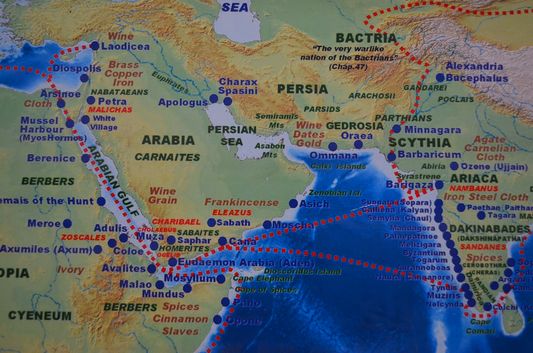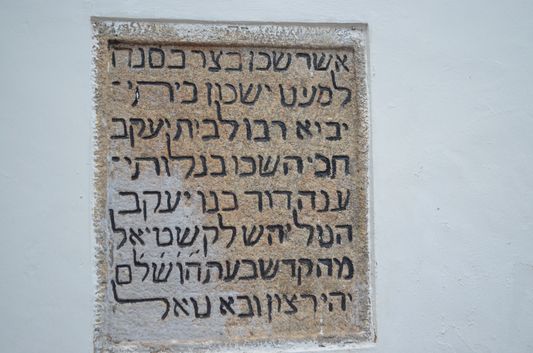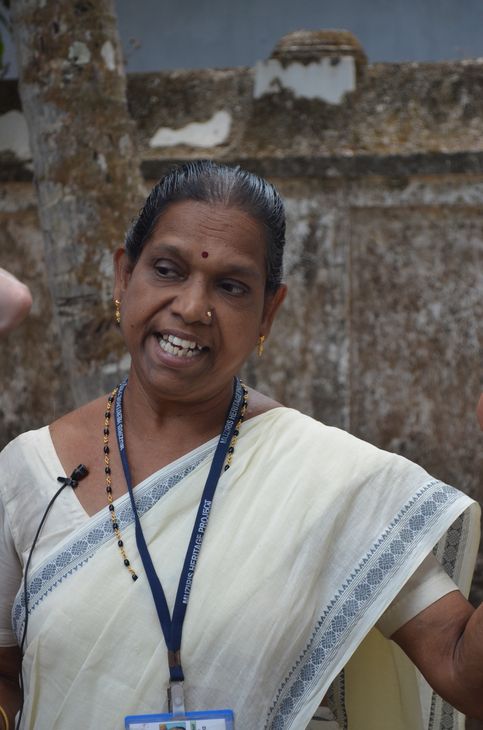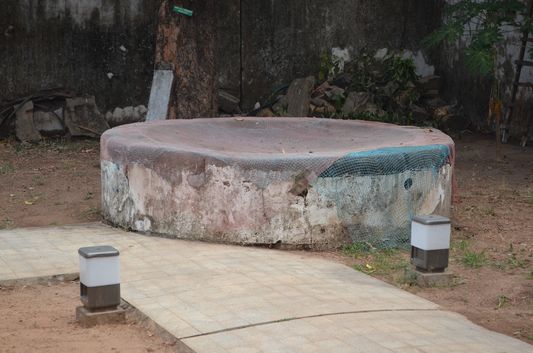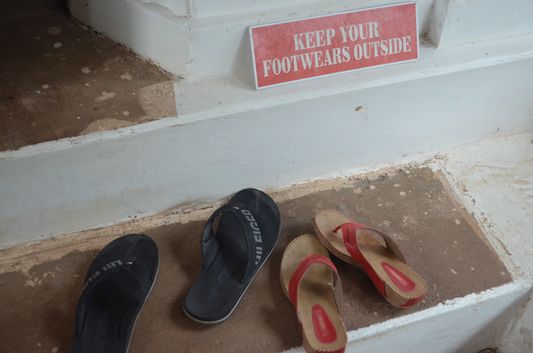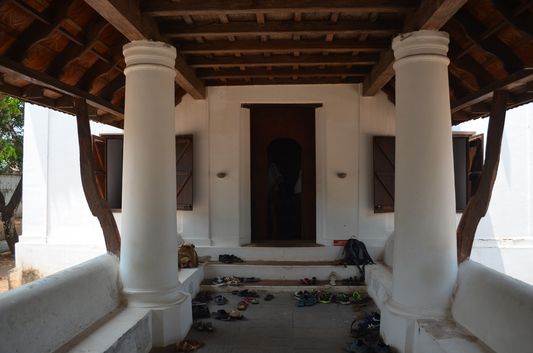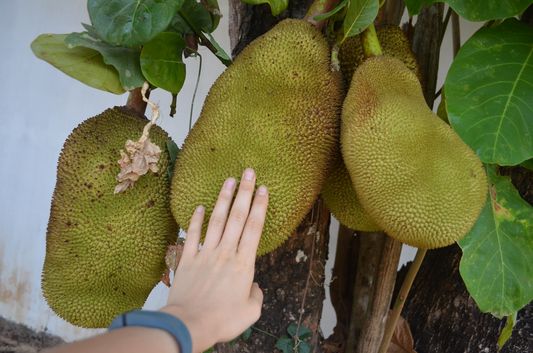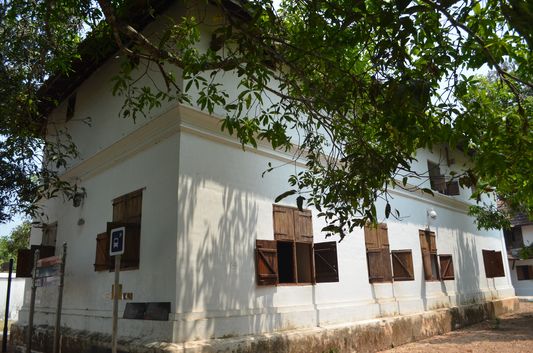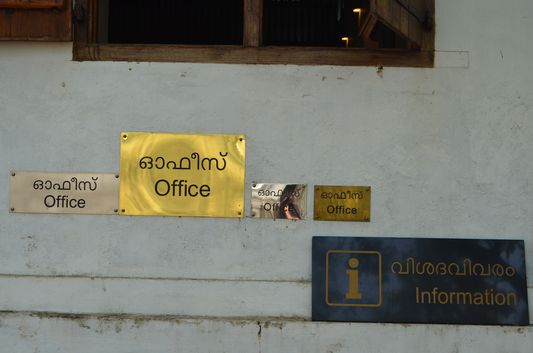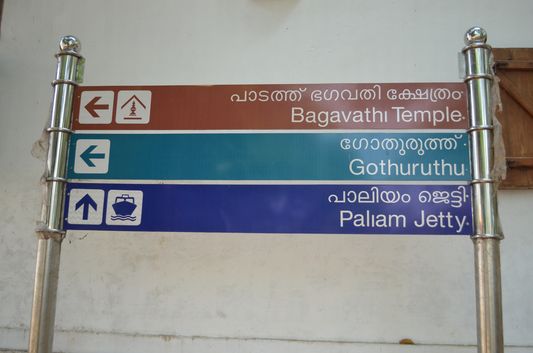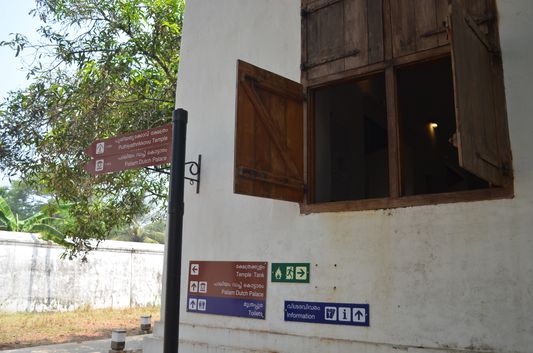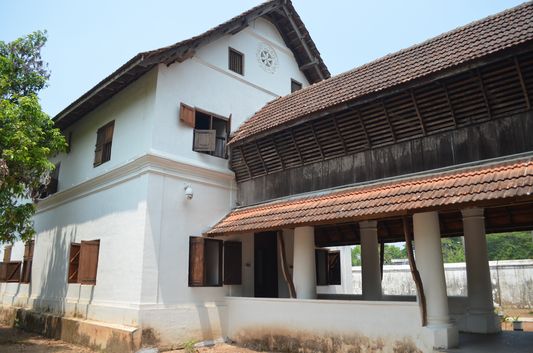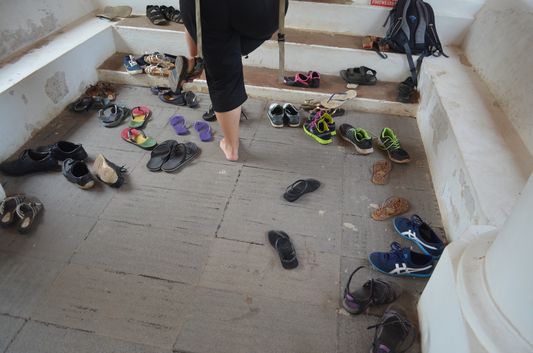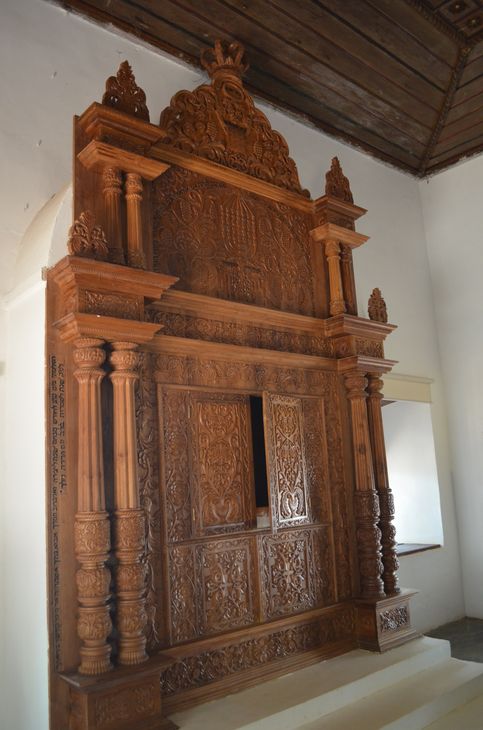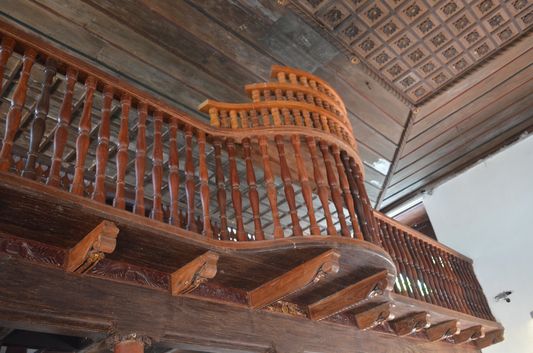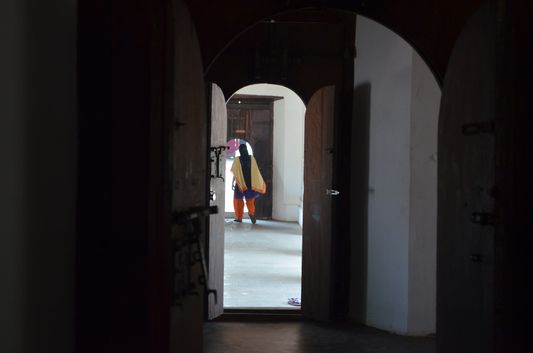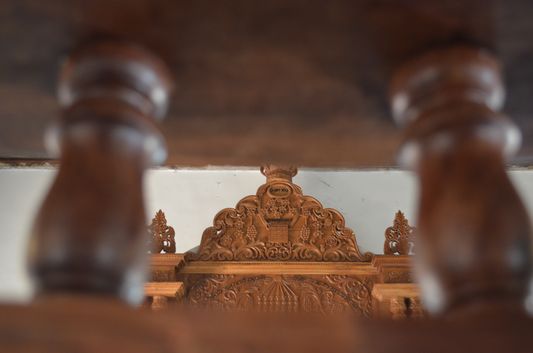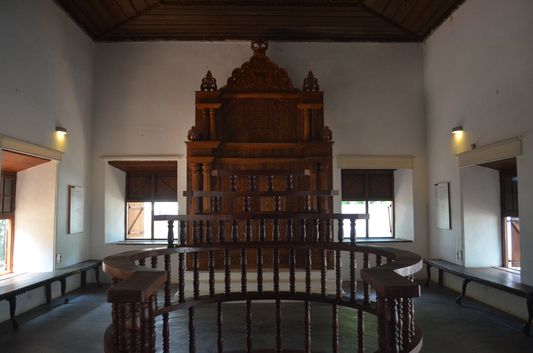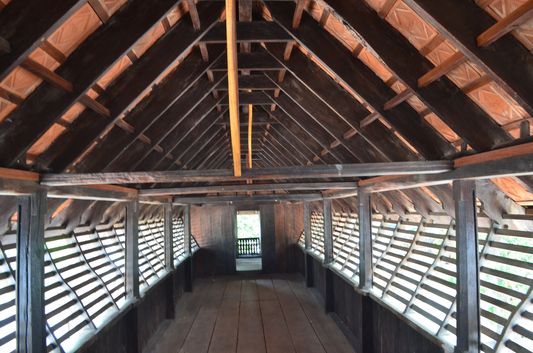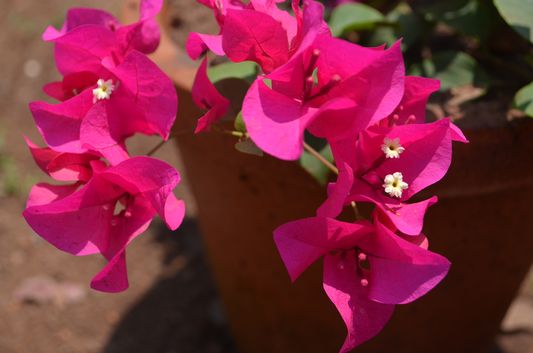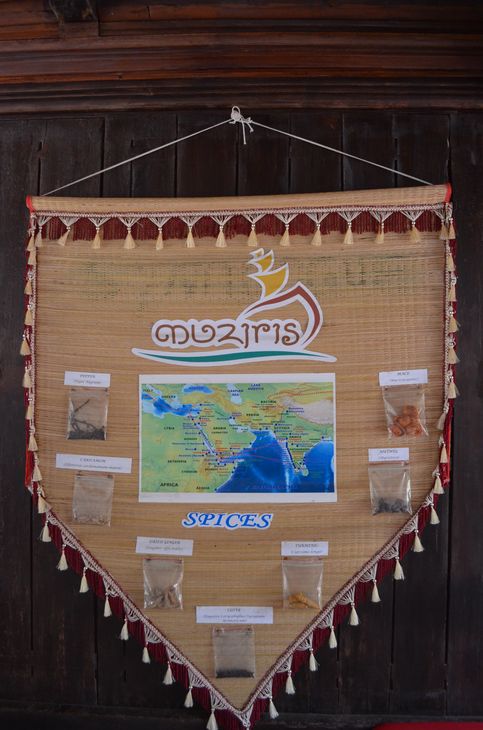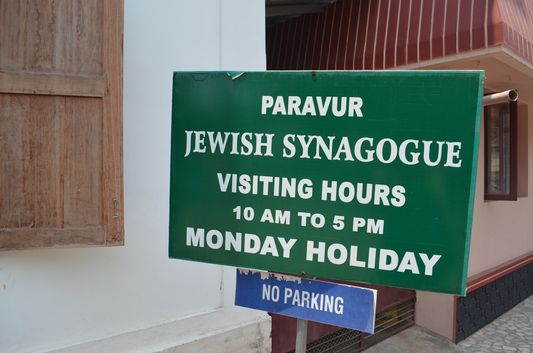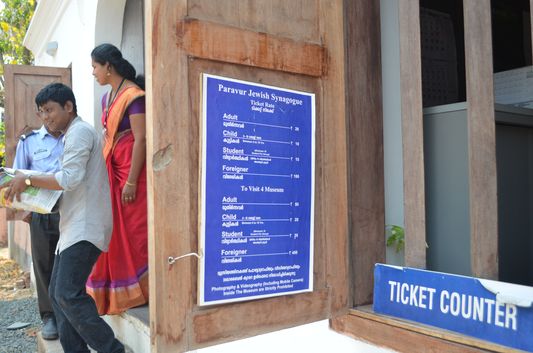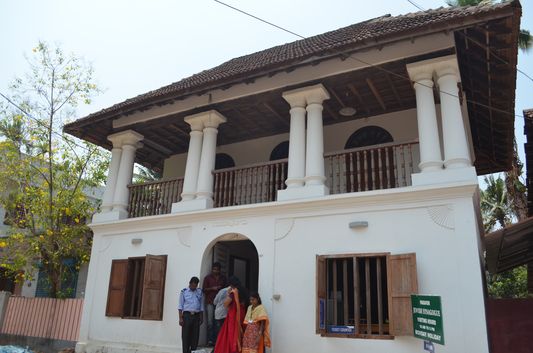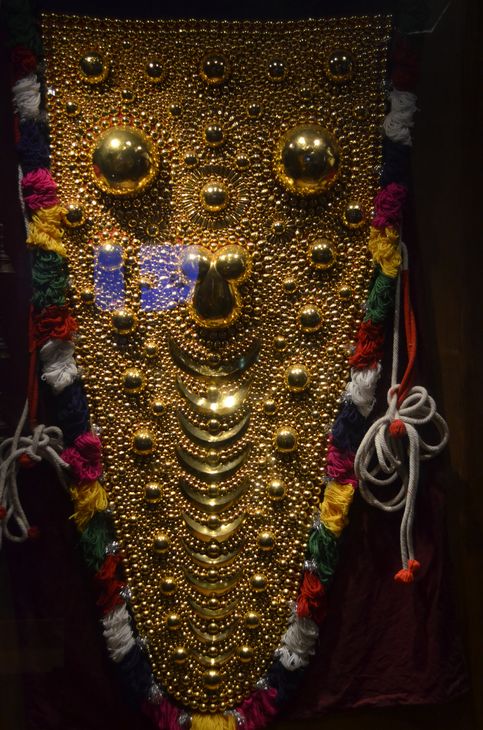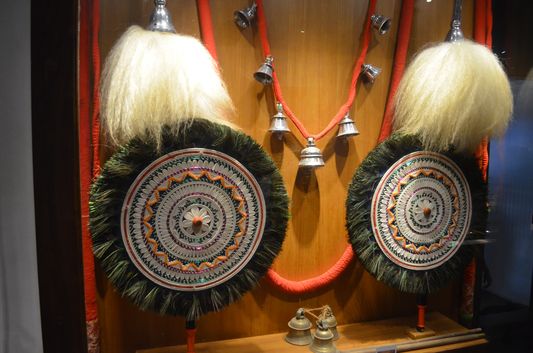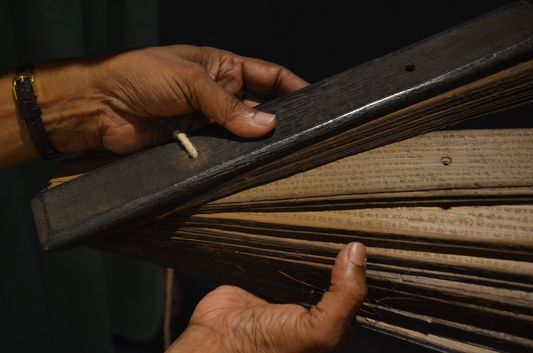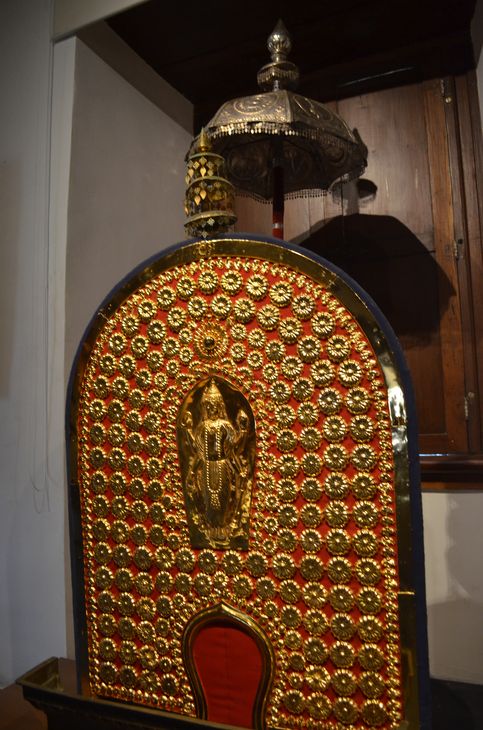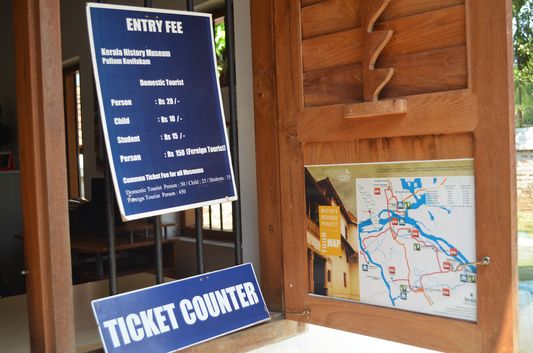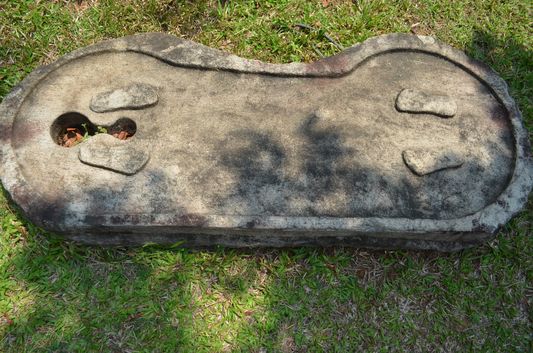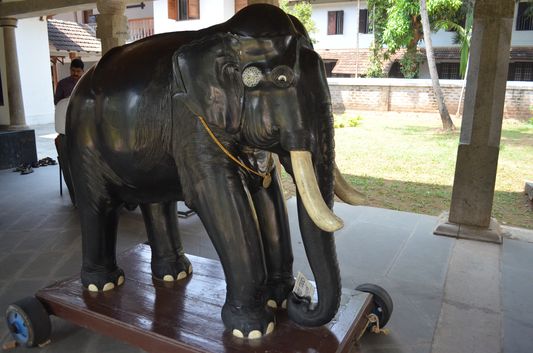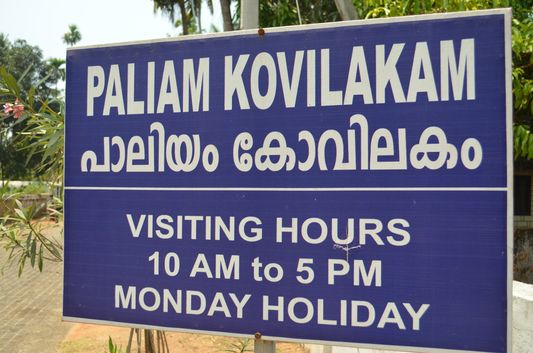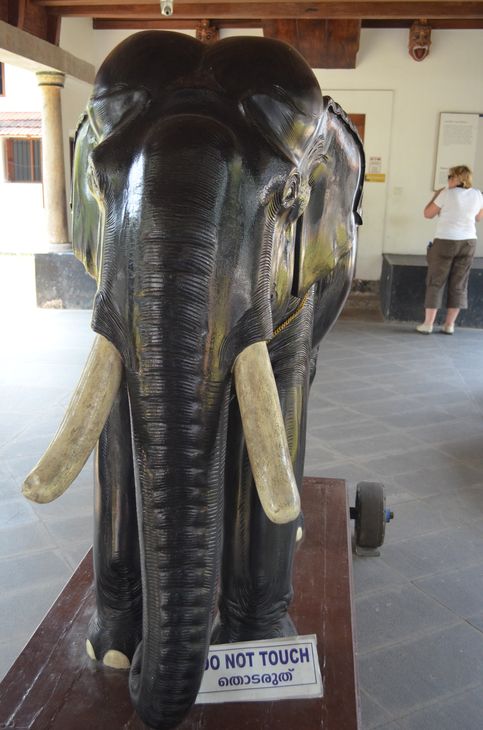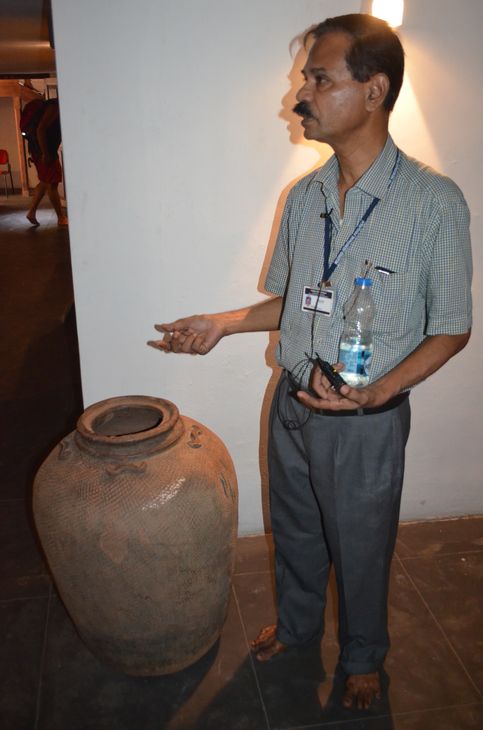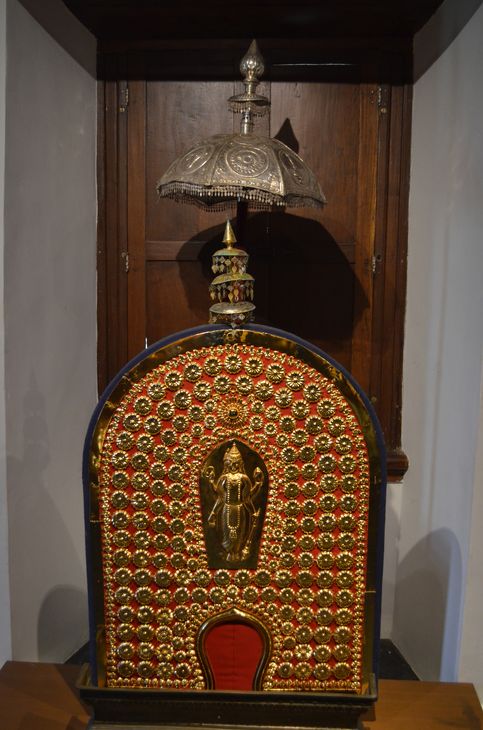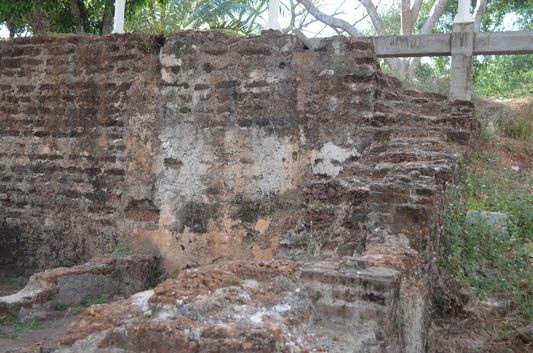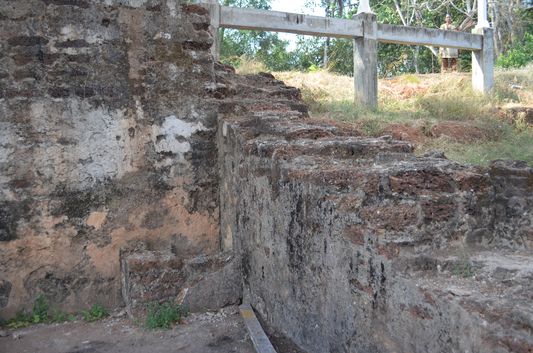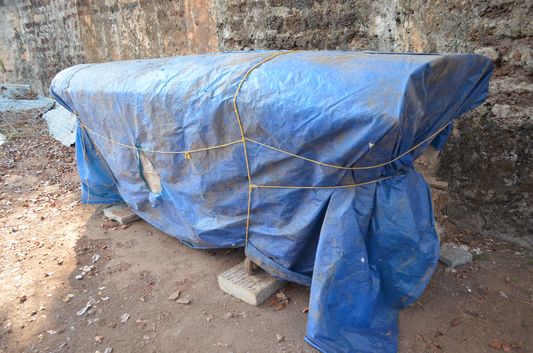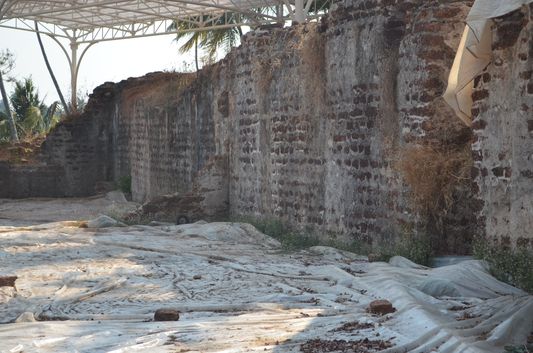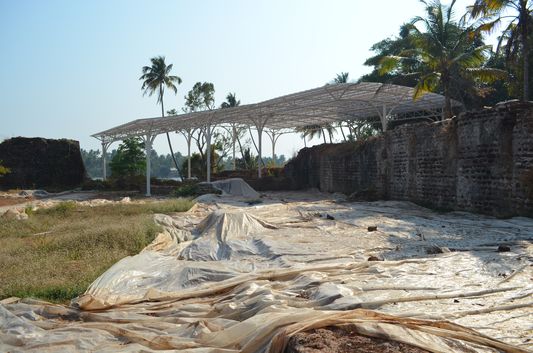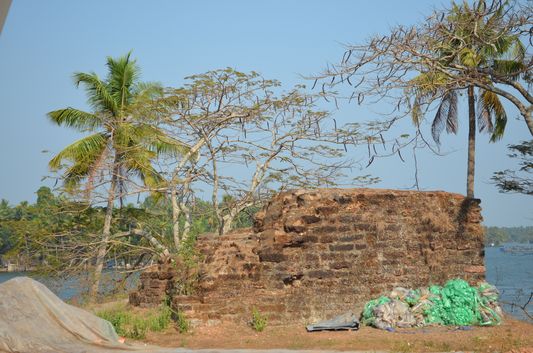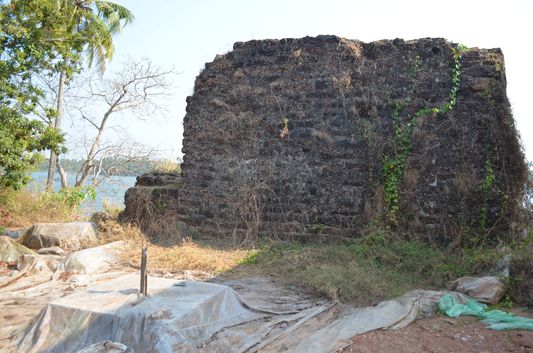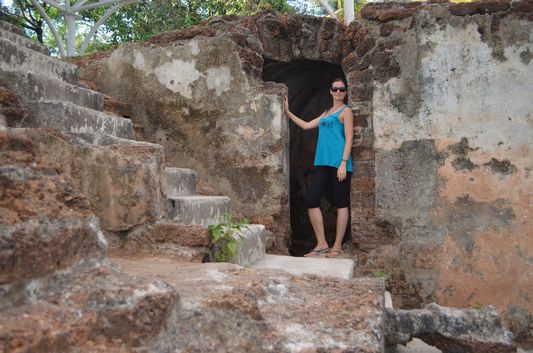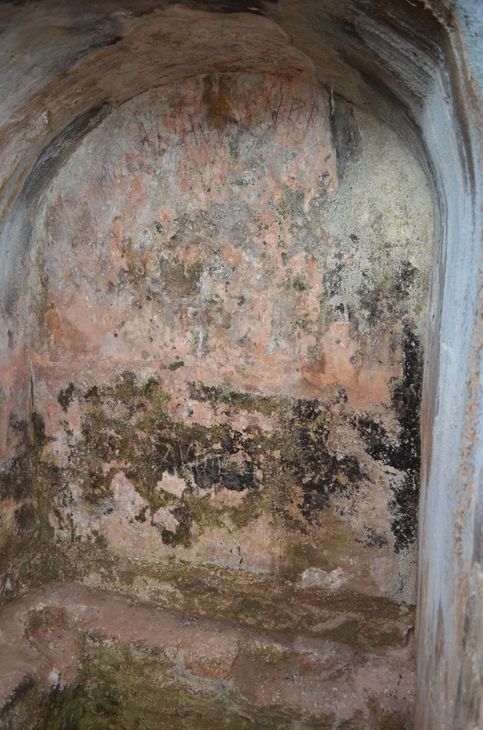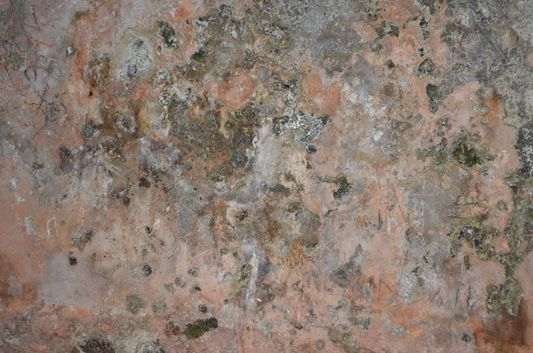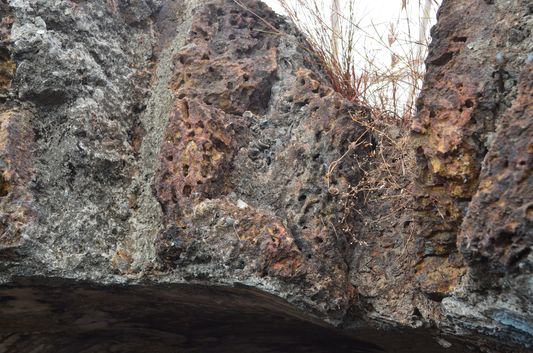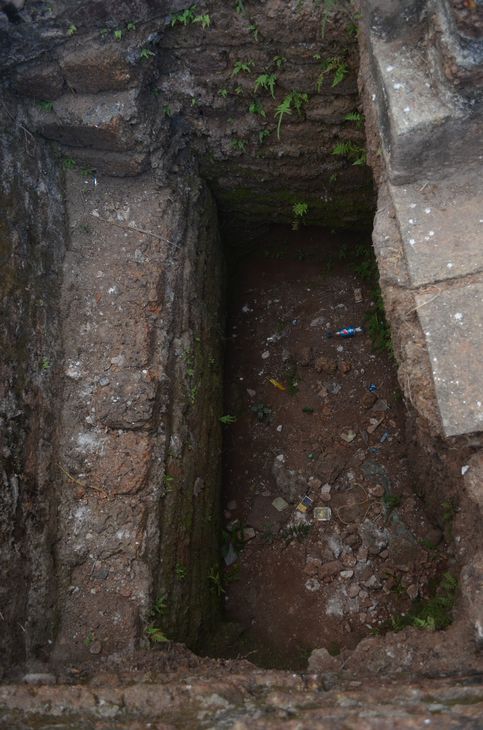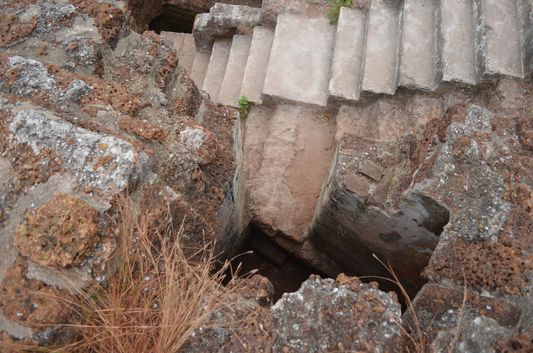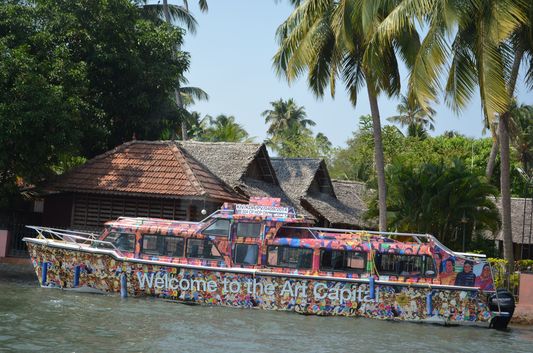“When looking at the literature on the life of St. Thomas, it is not mentioned anywhere that he came to India. It is only a myth, which has now been connected with the excavations at Pattanam, near Kodungalloor,” – Dr. R. Nagaswamy
Thiruvananthapuram: The effort made by some interested quarters to link the Muziris excavations with the visit of St. Thomas Apostlehas been criticised by eminent archaeologist and former director of the Tamil Nadu Archaeological Survey of India, R. Nagaswamy.
“When looking at the literature on the life of St. Thomas, it is not mentioned anywhere that he came to India. It is only a myth, which has now been connected with the excavations at Pattanam, nearKodungalloor,” the former visiting professor of Jawaharlal Nehru University told Express.
In fact, the ancient Muziris port must have been located in Kodungalloor and not in Pattanam because all major ports in ancient times were situated at river mouths. And so it is safe to assume that Muziris was at Kodungalloor, where the river joins the sea.
He felt there was a hidden agenda by certain sections to propagate the idea that Muziris was connected to Pattanam, where St. Thomas is believed to have landed, and not with Kodungalloor.
Myth cannot be called history. Connecting myth with history could only create confusion and distort history, he said. “There is no substantial evidence to say that Pattanam is connected with Muziris. How was this conclusion reached? Those who claim to have found materials to connect Pattanam with Muziris have forgotten that these materials were also found in the eastern and the western costs of the country,” said Nagaswamy. – Express Buzz & IBNLive, Thiruvananthapuram, August 7, 2011
INCLUDE ST. THOMAS CHURCH IN MUZIRIS HERITAGE PROJECT SAYS BISHOP DR. JOSEPH KARIKKASSERY
Paravoor: St Thomas Church in Maliankara which was constructed as a historical monument of the visit of St Thomas Apostle, one of the twelve disciples of Jesus Christ, who landed in Maliankara in AD 52, should be included in the Muziris Heritage Project, urgedKottapuram Bishop Dr. Joseph Karikkassery.
Bishop Karikkassery visited the church in Maliankara, the monument constructed to perpetuate the visit of the apostle.
St Thomas is believed to have disembarked from a trading vessel at Kodungalloor Maliankara and baptised several people in various parts of the country. Cardinal Tisserant representing the Holy See, had installed the historical monument at St Thomas Church in Maliankara.
Bishop Karikkassery was accompanied by Diocese Chancellor Fr. Nixon Kattassery and Procurator Fr. Tegy Thanippilly. They were received by Fr. Joshy Muttickal and Fr. Shyjan Panackal at the church. – Express Buzz, Paravoor, April 21, 2011



































